While last week may have looked a bit like a scene from the children's story "Chicken Little" or Alfred Hitchcock's 1963 thriller "The Birds," the sky was not falling, and there was no sudden violent bird attack on the residents of Fallon. Nor was it an unexplained natural phenomenon.
Hundreds of birds fell from the sky in unnatural numbers, dead or nearly so by the time they hit the ground. It is unsettling to see birds falling en masse, but there is a logical explanation: abatement.
The birds were European Starlings—small, black, speckled birds that fly in mesmerizing murmuration. Thousands, sometimes millions, of them move in close formation, creating ever-changing patterns in the sky. Some find their swooping and swirling magical. Others see an undeniable downside.
Starlings are a highly invasive species and an unwelcome presence at dairies and feedlots, primarily for the financial damage they cause and their potential to compromise livestock health. Wildlife specialists estimate that 1,000 starlings can consume up to 100 pounds of food in a day. In the Lahontan Valley, where they flock in hundreds of thousands, they feed on grain meant for dairy and beef cattle, increasing feed costs by thousands daily.
Starling populations can grow unmanageable in cooler months when food sources dwindle. As with disease-transmitting pests like rats and mice, extermination is sometimes necessary. However, because they are birds, they are not always viewed as pests, though the long-term impact can be equally undesirable.
Beyond consuming feed, starlings spread seeds—often weeds—across miles. They are aggressive and frequently displace native birds from their habitats. Large flocks, called a murmuration, can interfere also with aviation, while their droppings are corrosive and toxic. Starlings carry diseases such as salmonellosis, histoplasmosis, toxoplasmosis, fowl pox, and parasites like tapeworms and external pests. Indirectly, they can spread West Nile virus.
The U.S. Department of Agriculture and Nevada Department of Wildlife announced on Dec. 12 a targeted removal of invasive starlings in Churchill, Lyon, and Nye counties. "Starlings spread diseases that put livestock at risk like H5N1, salmonella, and E.coli. This treatment is targeted—other animals will not be harmed and are at no risk of secondary poisoning," NDOW wrote.
It has been several years since there has been a large abatement measure in Churchill County. This year, local dairies participated in abatement efforts, which generally yield more effective results. The most common remedy is DRC-1339, or Starlicide, a chemical engineered to target starlings and pigeons. It metabolizes quickly, minimizing risks of secondary poisoning to pets or other wildlife, though consuming large numbers of poisoned carcasses can still pose risks.
Air cannons, which mimic shotgun blasts, are another tool used to deter large flocks of birds. However, starlings are highly intelligent and can become habituated to repetitive sounds over time, reducing the cannons' effectiveness. However, while widely used, cannons have stirred controversy in the valley due to noise concerns and their potential impact on property values.
Poisoning has historically been the most effective control method; however, it has some drawbacks. It is costly, requires precise conditions, and often draws criticism from nearby homeowners. Shooting is another option but requires significant time, ammunition, and manpower. Without cooperation from neighboring dairies, any method risks being a temporary fix, as starling populations inevitably return and are larger each year.
Dairymen and ranchers have wrestled with the starling problem for decades. The birds were introduced to the United States in the 1800s by a well-intentioned group seeking to bring all species mentioned in Shakespeare's works to Central Park. However, with no natural predators, starlings spread rapidly and became highly invasive.
Unfortunately, non-lethal deterrents have failed to control starlings' ever-growing numbers, leaving NDOW and local dairymen and ranchers to adopt abatement measures. While birds falling from the sky is an unwelcome sight, at least we can rest easy in knowing that less disease will spread to area livestock, pets, and residents, all while helping protect the financial stability of our valley's agriculture.
For those who encounter dead birds, officials recommend disposing of them with single-use gloves or reporting their location to the USDA at (775) 851-4848.


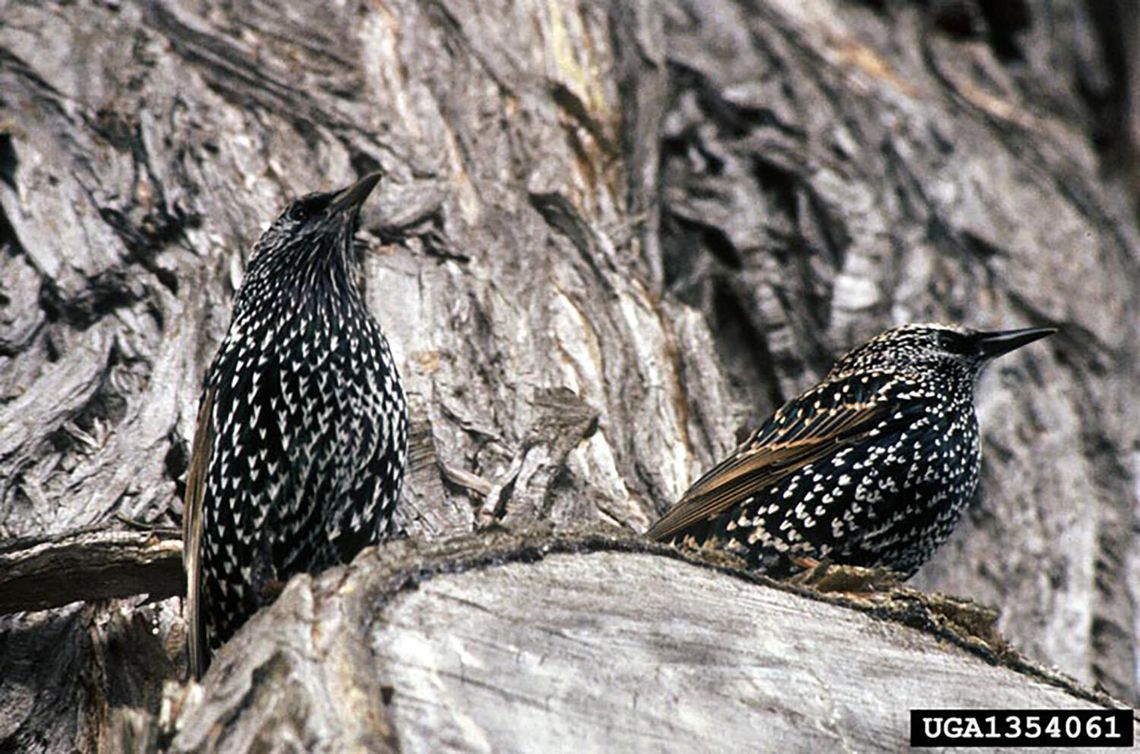
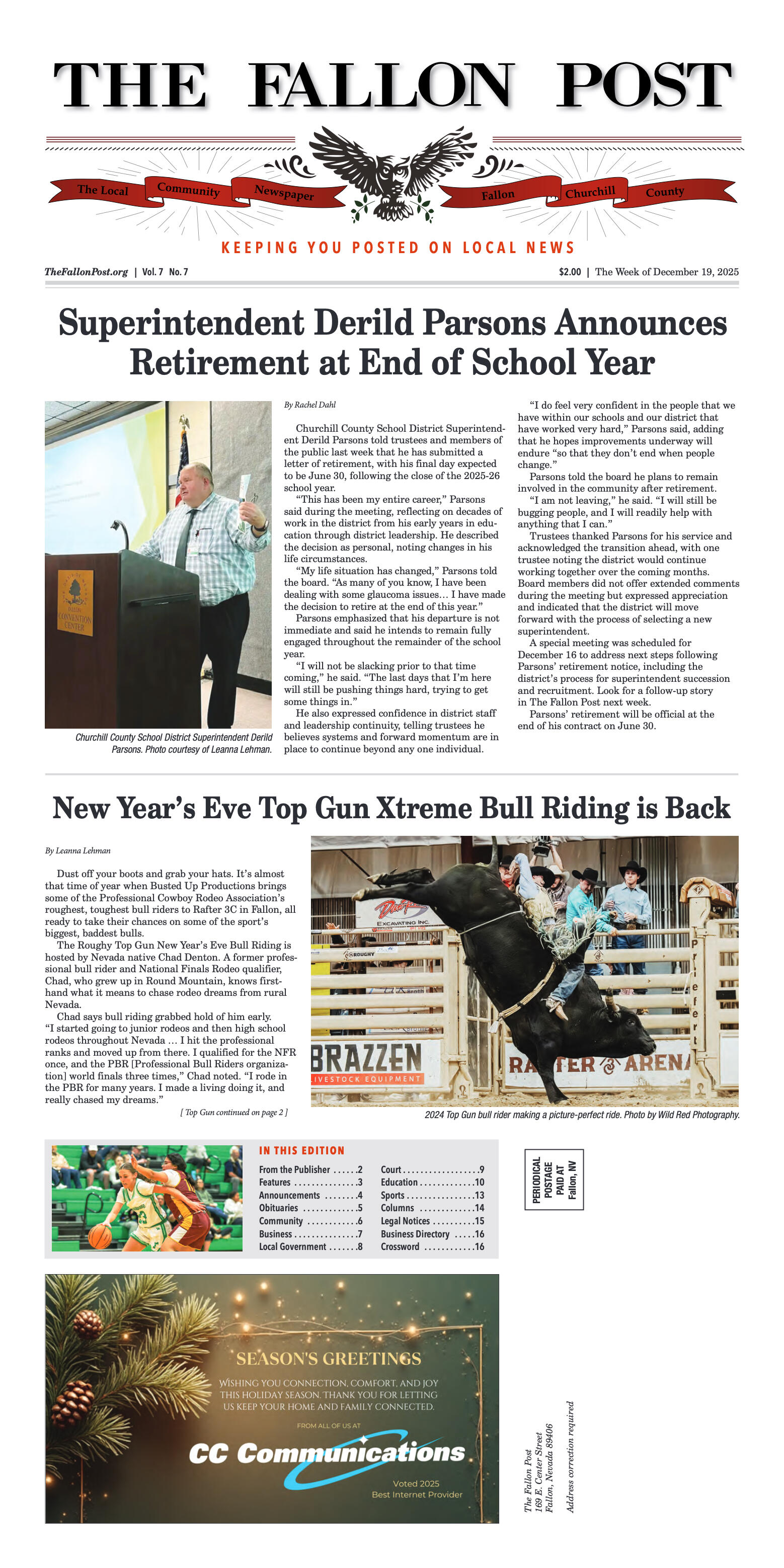
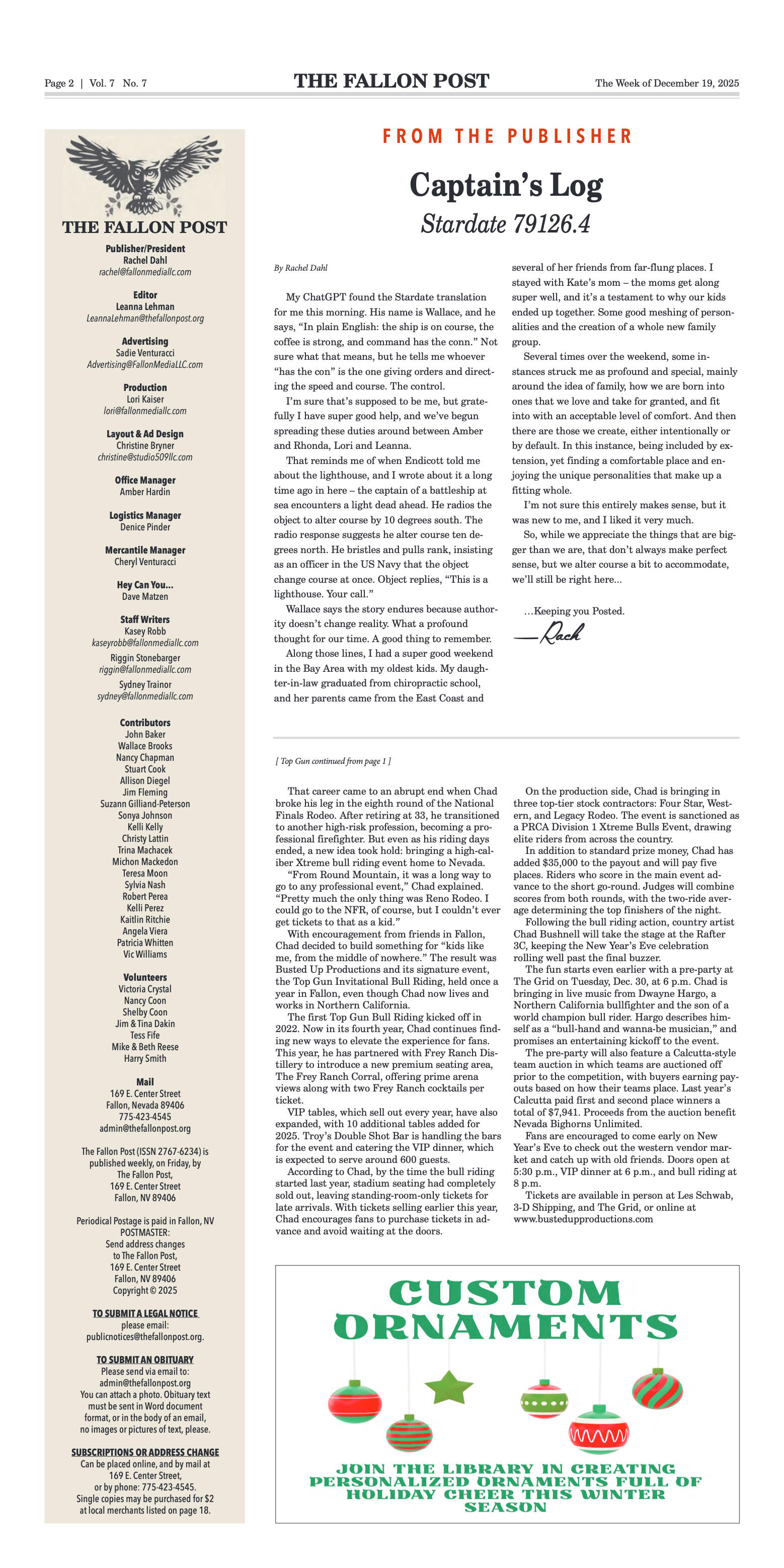
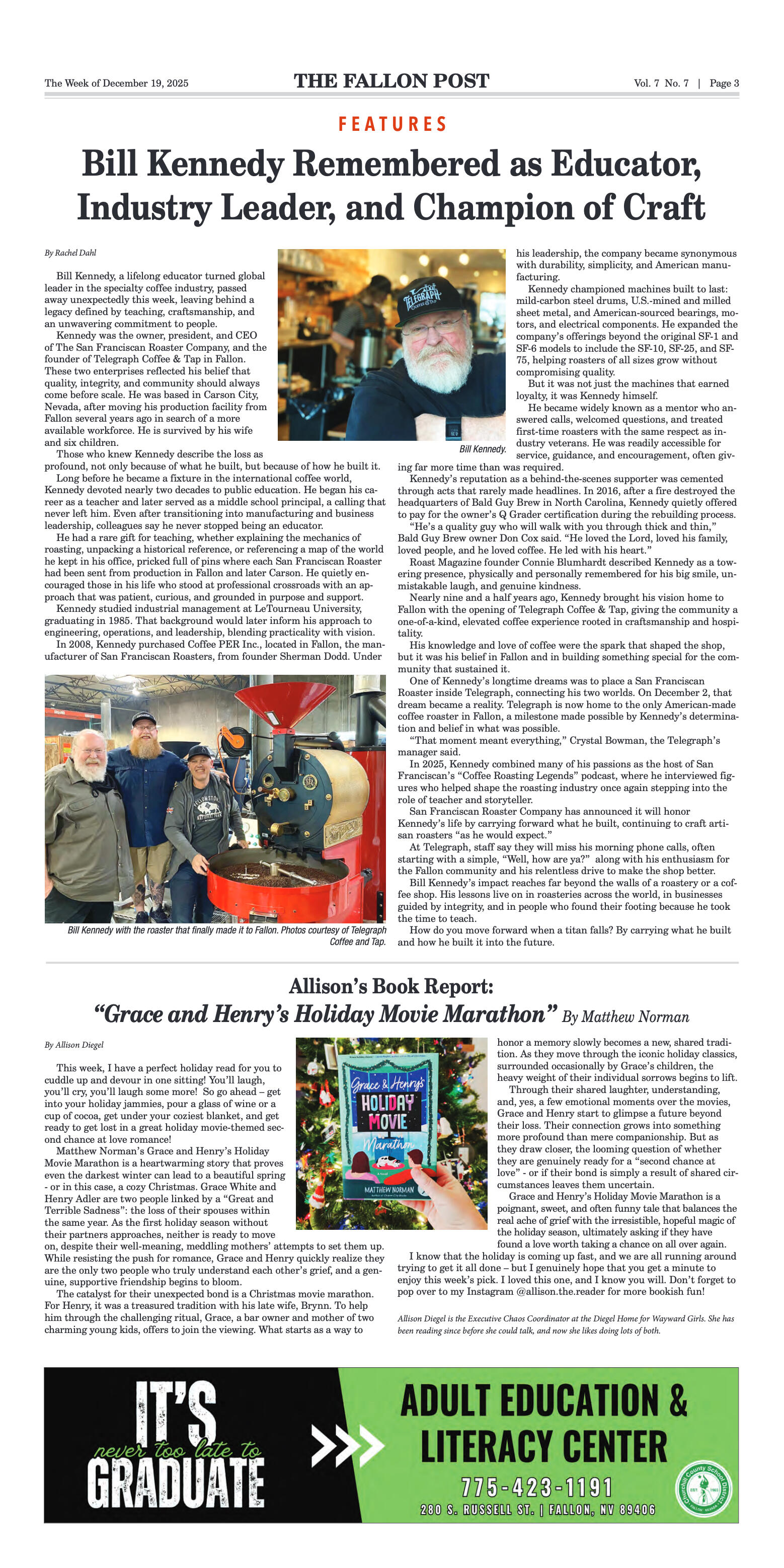

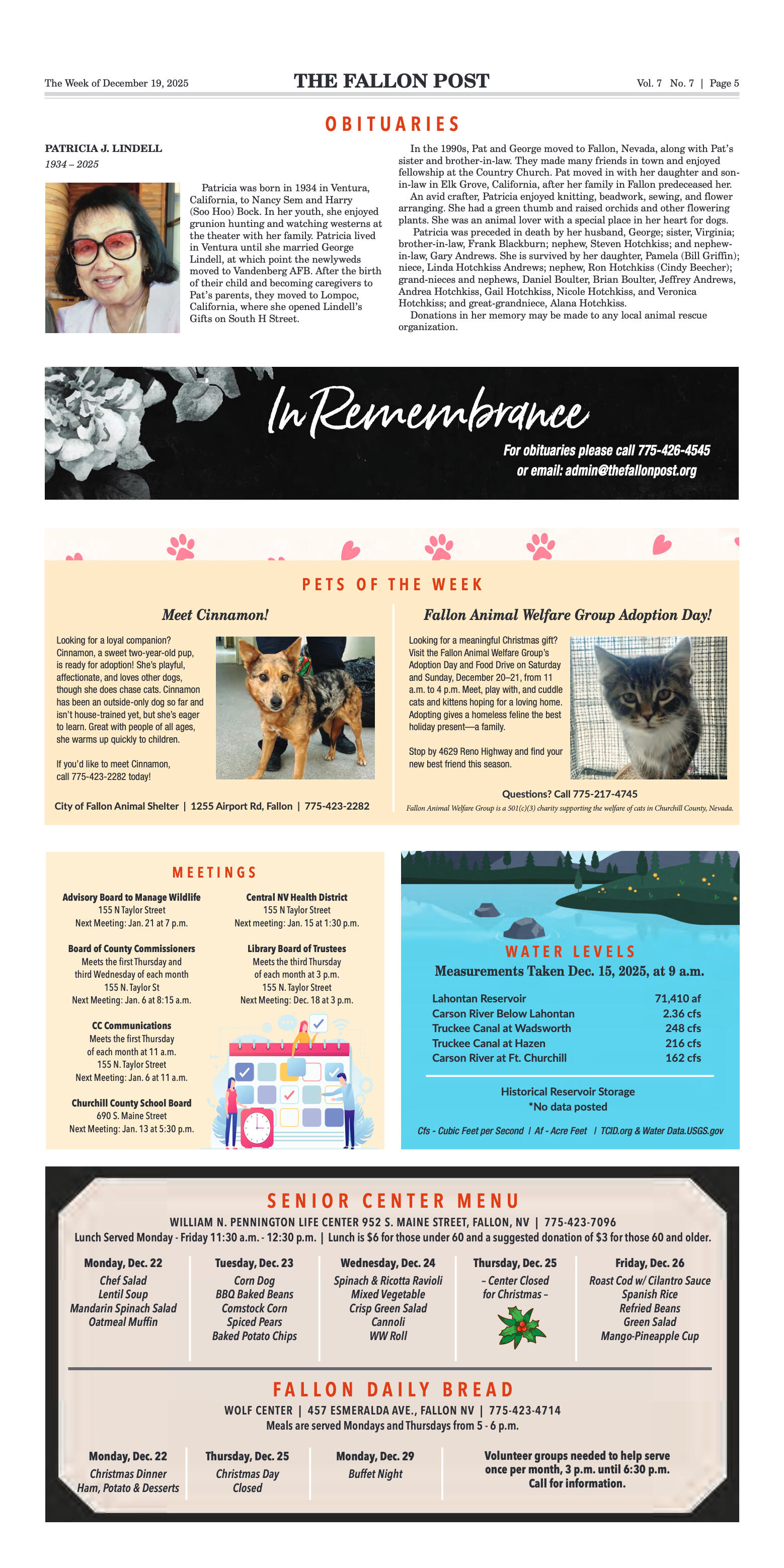
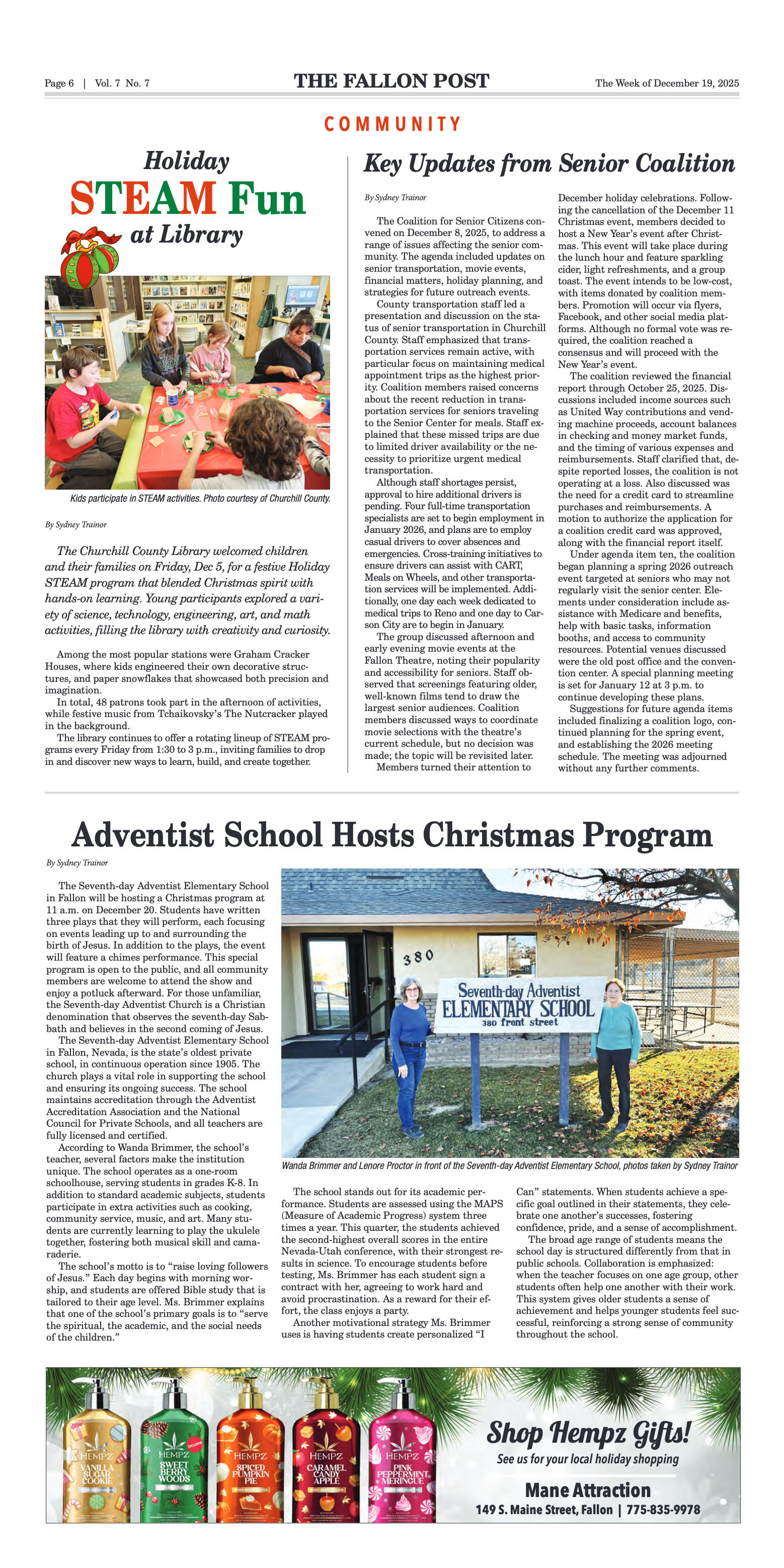
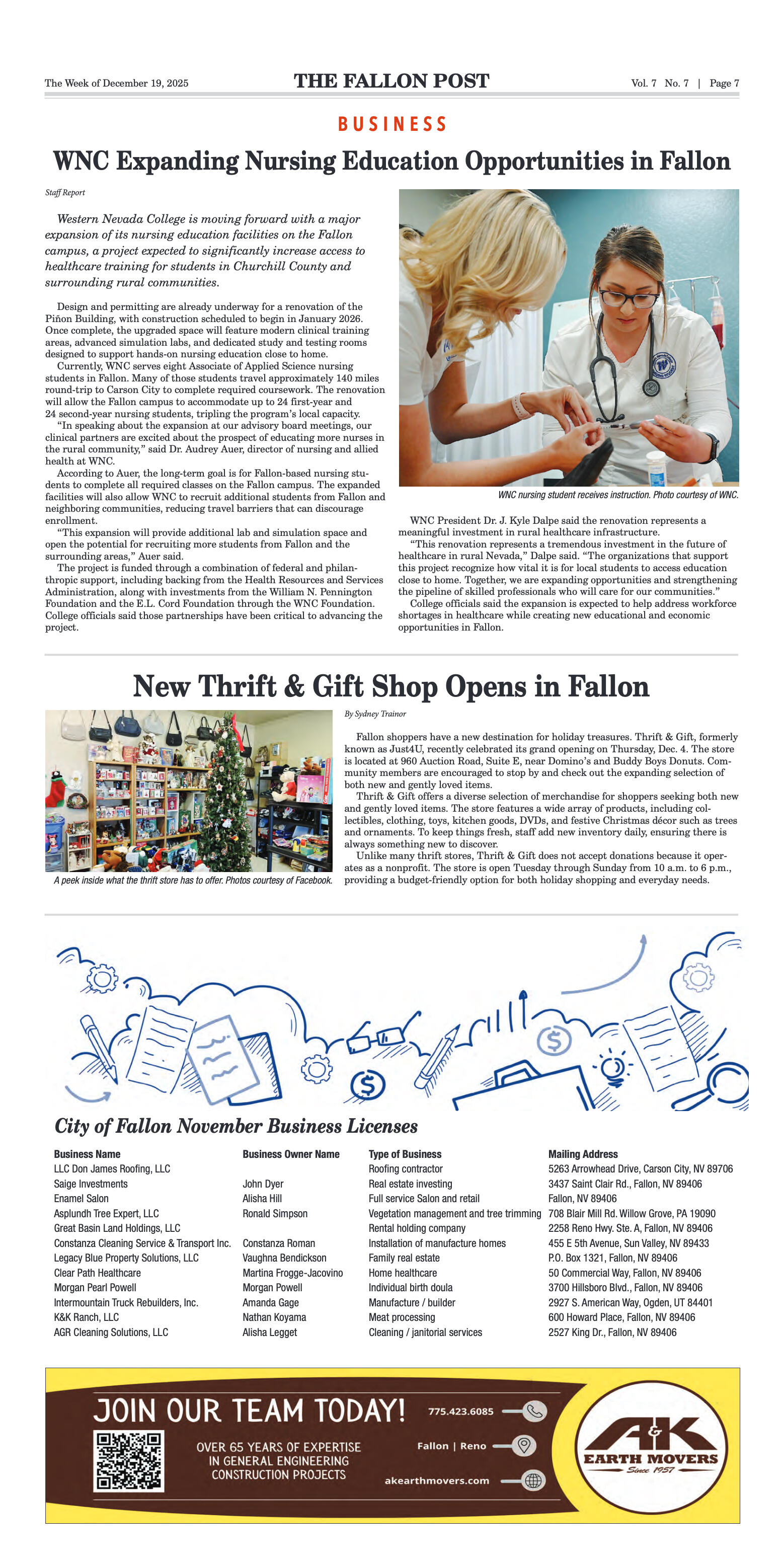
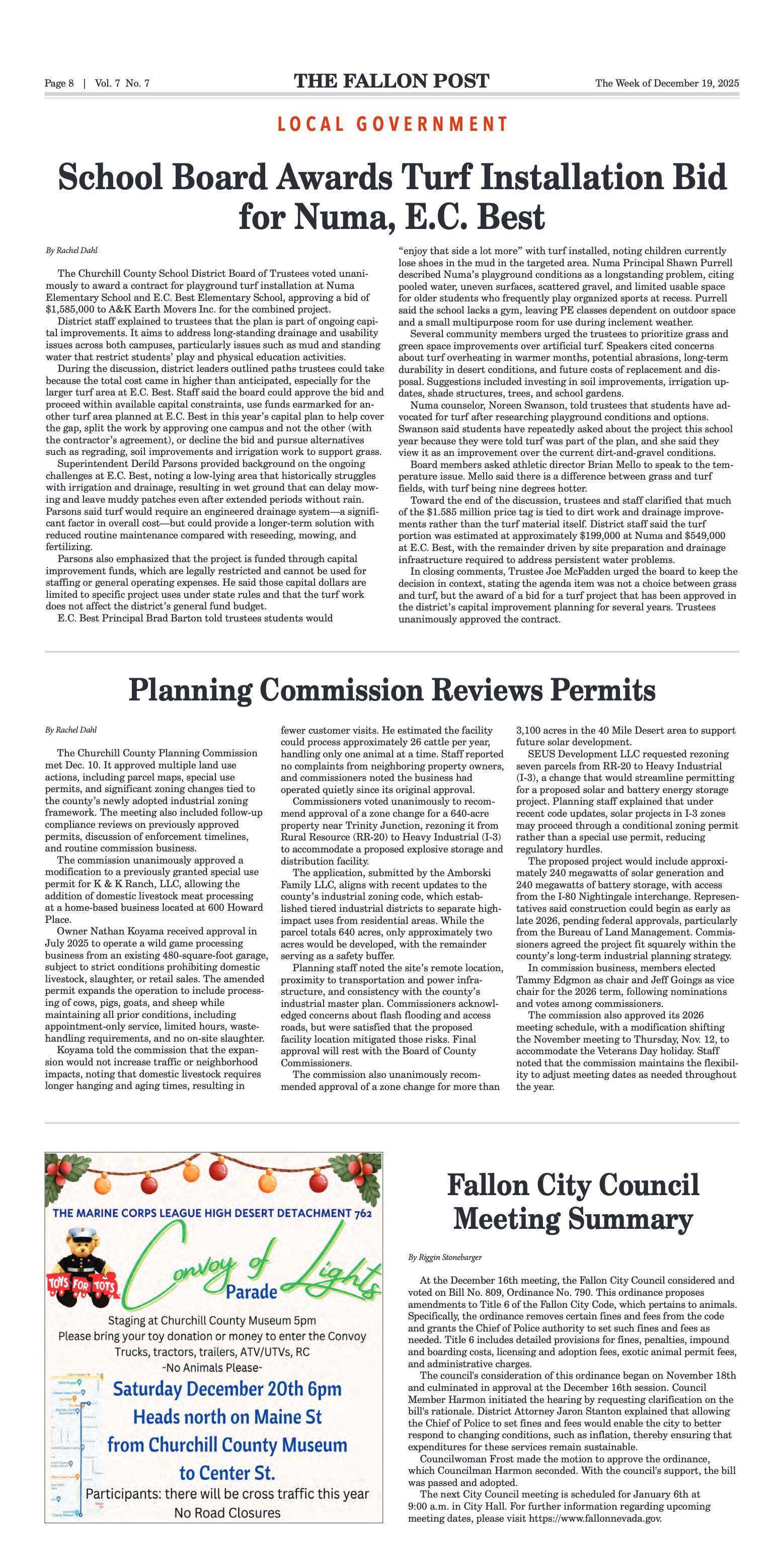
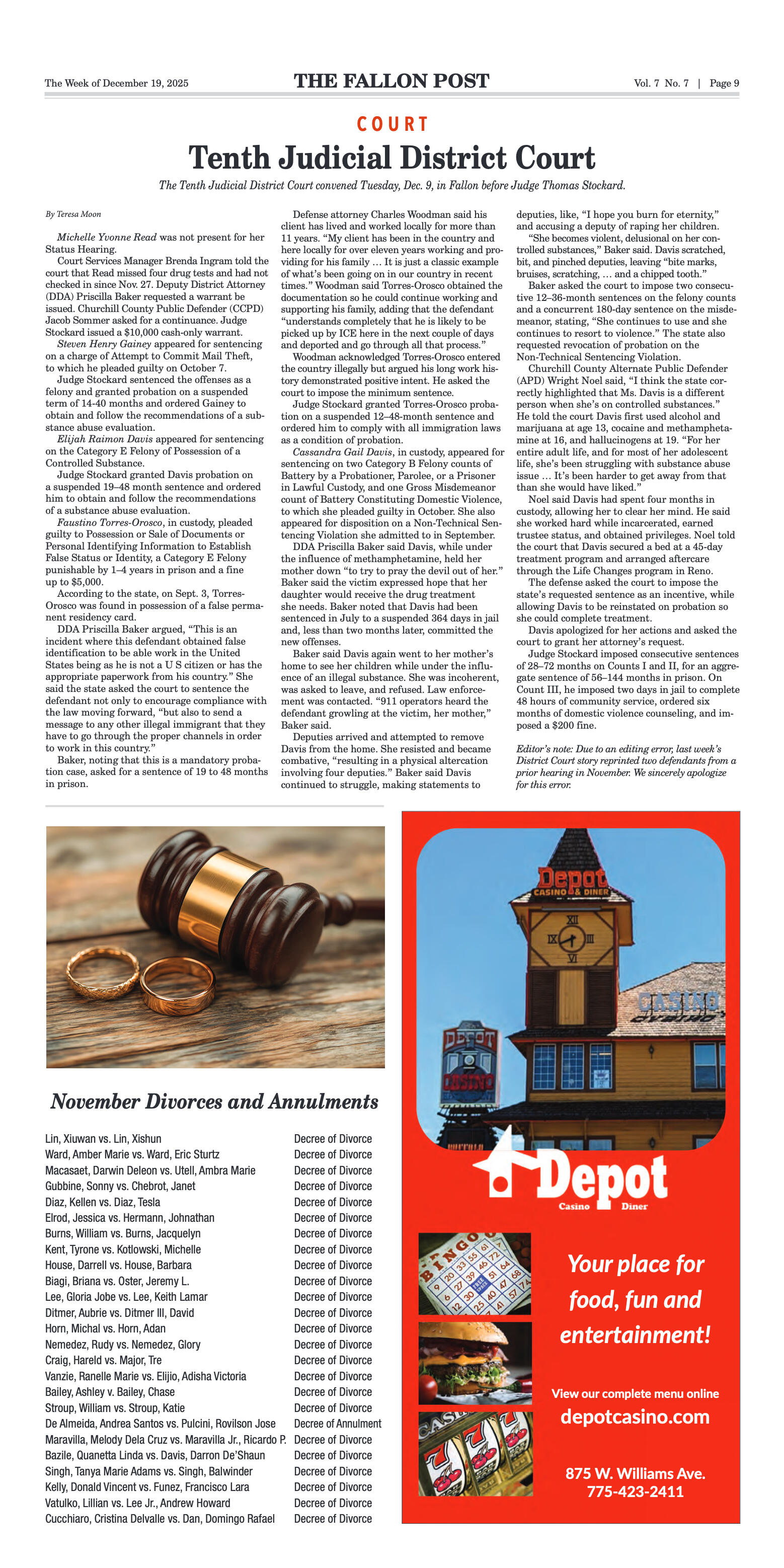
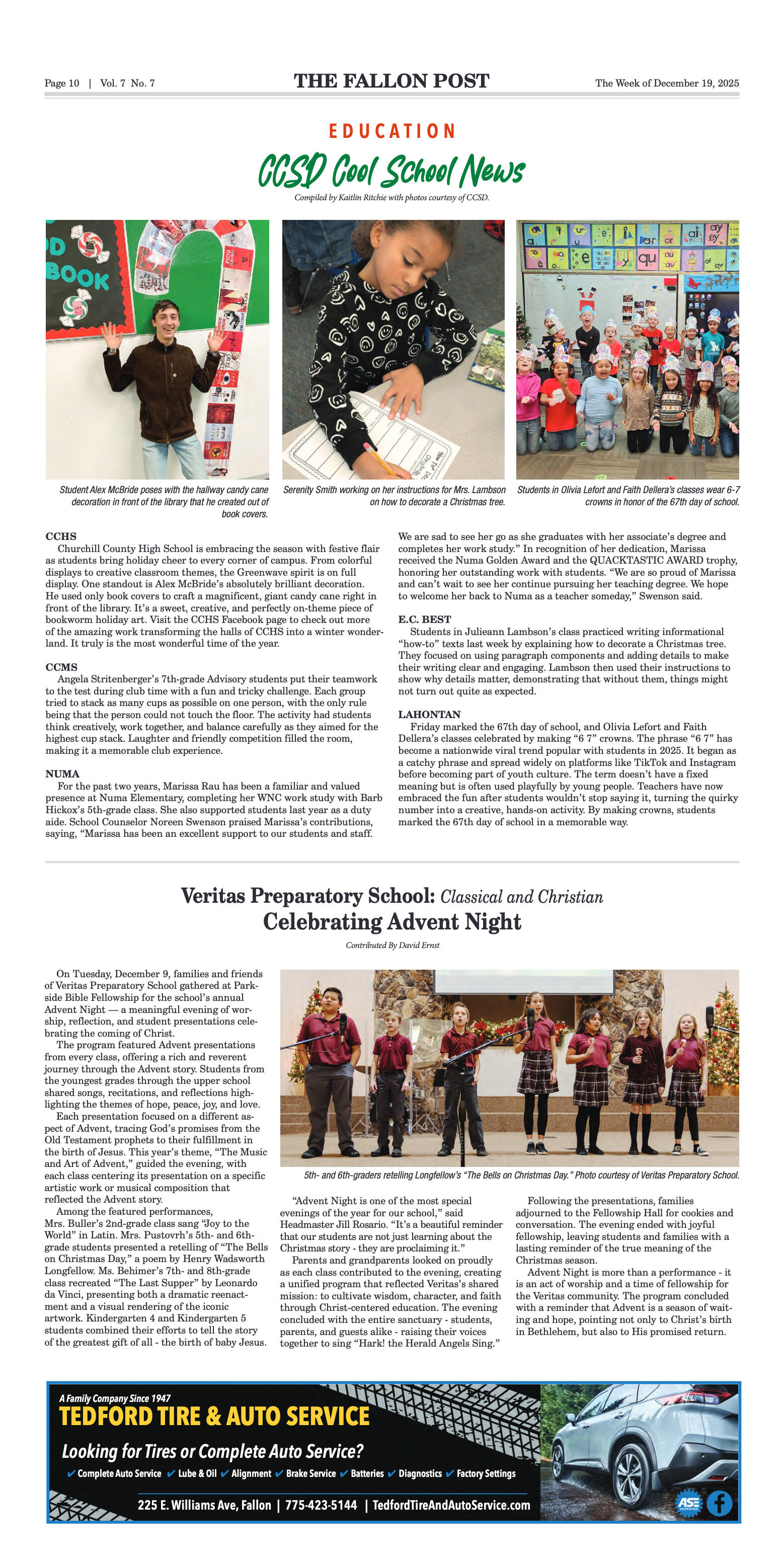
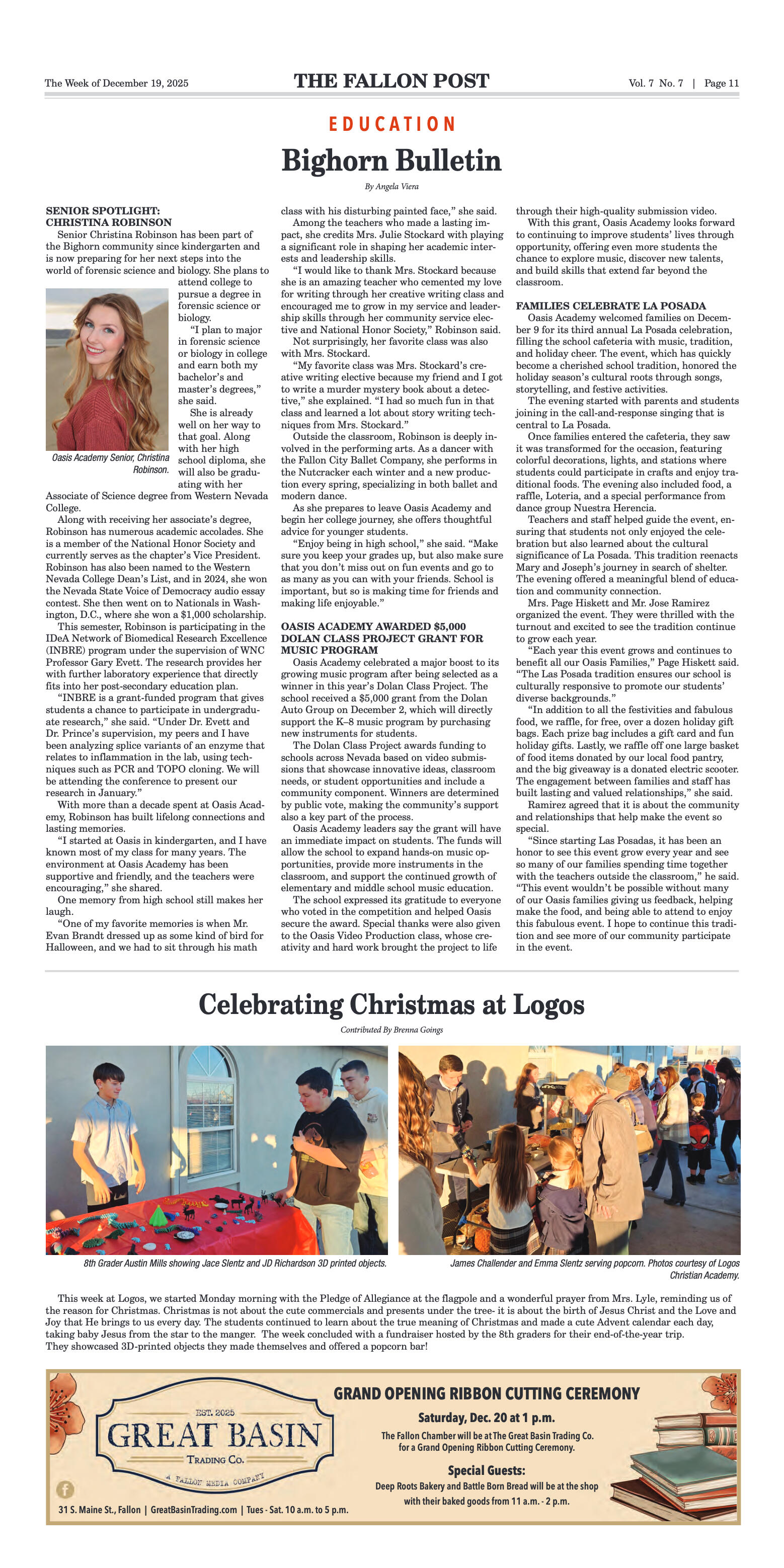

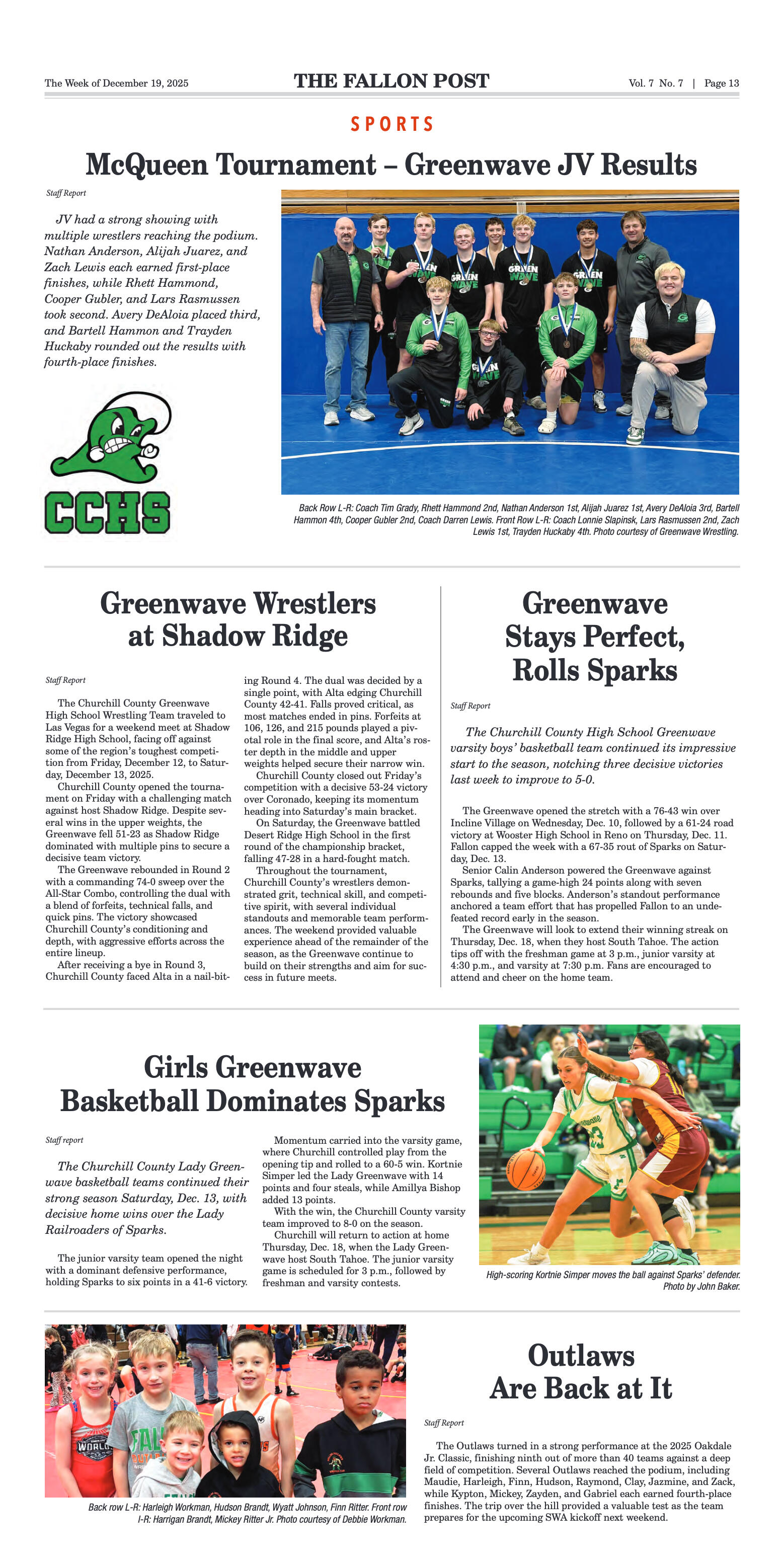
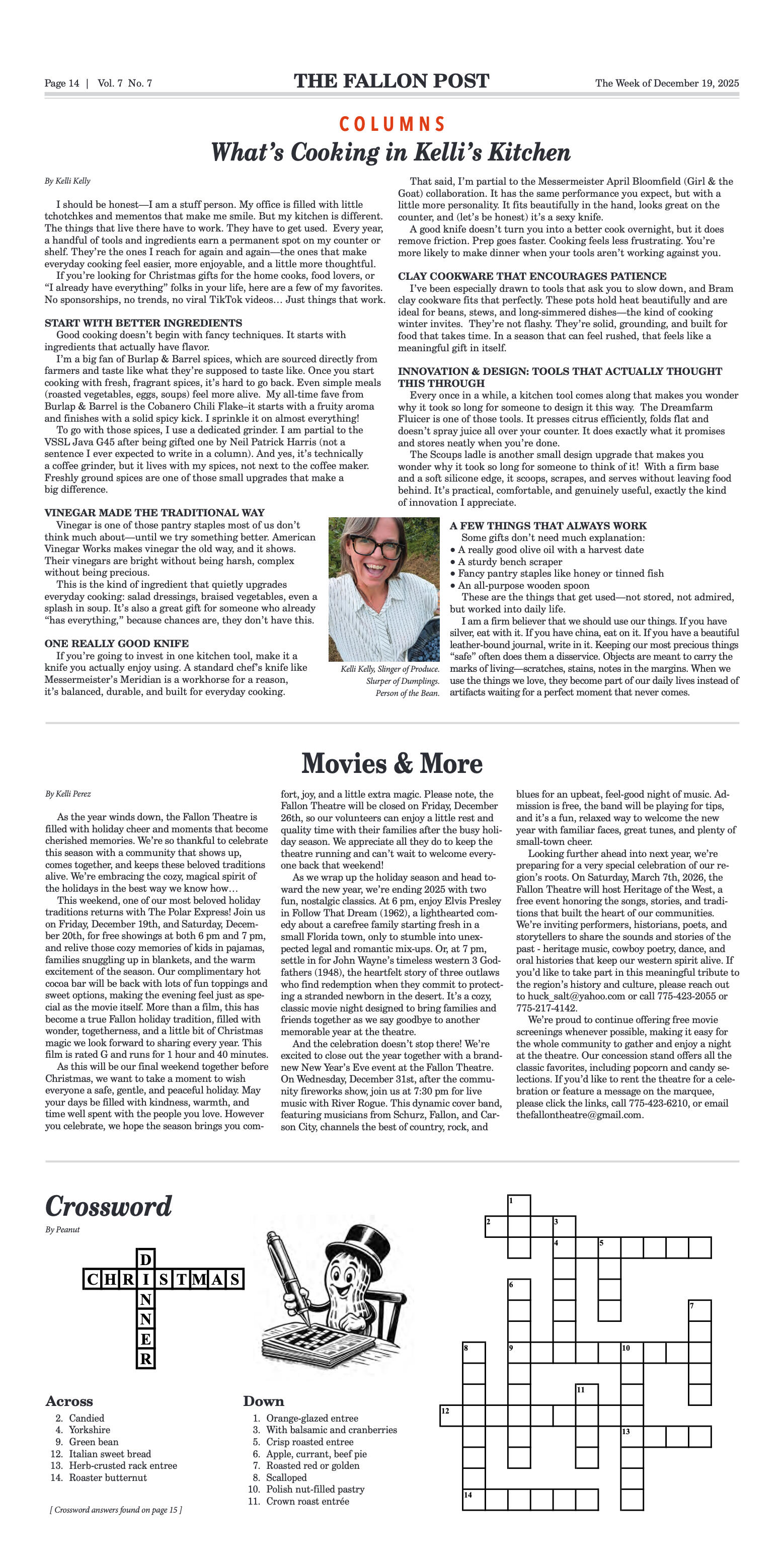
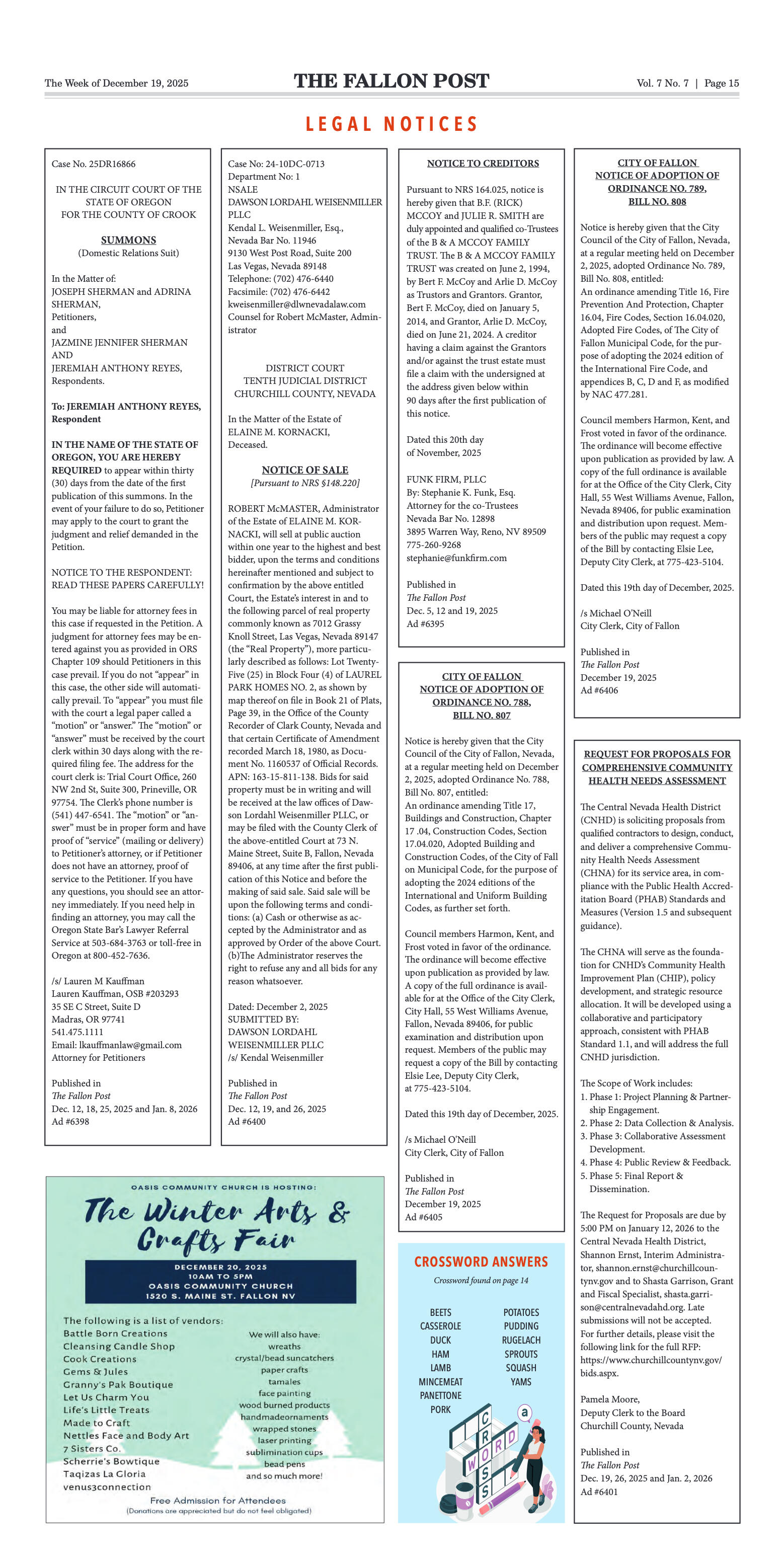
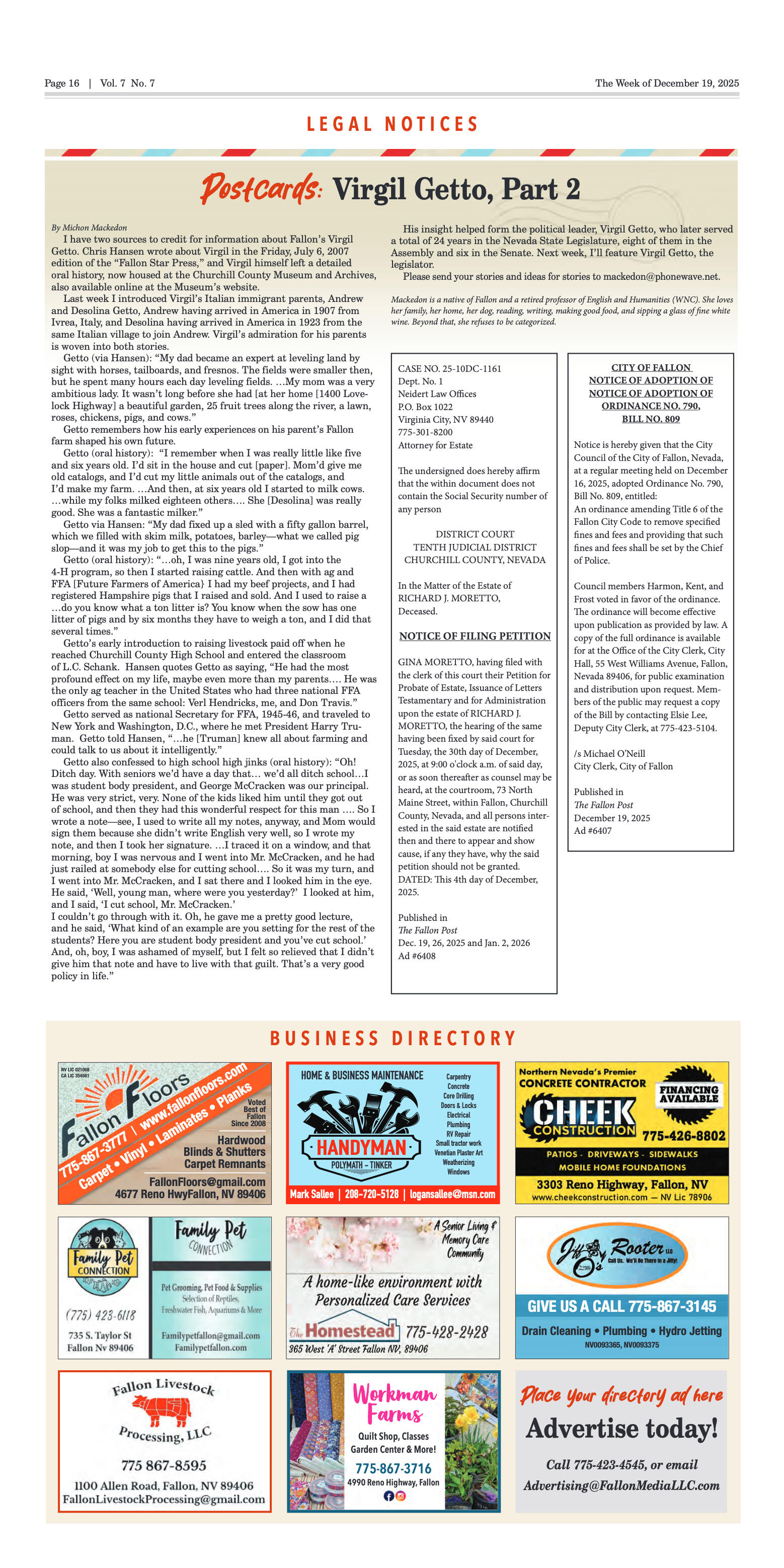


























Comment
Comments